
Space Variables
Understanding Space Variables
Space variables, often referred to as state variables, play a crucial role in various fields, including control theory, econometrics, and systems engineering. These variables are essential for modeling dynamic systems, allowing for the representation of a system's state at any given time. This article aims to elucidate the concept of space variables, their applications, and their significance in different domains.
Definition of State Variables
State variables are quantities that define the state of a system at a specific time. They can change based on the system's current values and inputs. The outputs of the system are dependent on these state variables and, in some cases, the inputs as well. In mathematical terms, the collection of state variables can be represented as a state vector within a geometric space known as the state space.
The State Space
The state space is a multidimensional space where each axis corresponds to a state variable. The concept is akin to the phase space used in certain dynamical systems, where the state of the system is represented as a point in this space. The state vector encapsulates all the necessary information about the system's current state, enabling the analysis and prediction of future behavior.
Applications of State-Space Models
State-space models are widely utilized across various disciplines. In econometrics, they serve multiple purposes:
- Decomposing Time Series: State-space models can effectively decompose a time series into its underlying trend and cyclical components, facilitating a clearer understanding of economic indicators.
- Composite Index Creation: Individual indicators can be combined into a composite index, providing a holistic view of economic performance.
- Identifying Business Cycle Turning Points: These models are instrumental in pinpointing turning points in the business cycle, aiding policymakers and economists in making informed decisions.
- Estimating GDP: State-space models can estimate Gross Domestic Product (GDP) using latent and unobserved time series, enhancing the accuracy of economic forecasts.
The Role of the Kalman Filter
One of the most significant tools in the realm of state-space modeling is the Kalman Filter. This algorithm is designed to produce estimates of current unknown state variables based on previous observations. It operates recursively, updating estimates as new data becomes available. The Kalman Filter is particularly valuable in systems where measurements are noisy or incomplete, providing a means to filter out the noise and hone in on the true state of the system.
Transfer Function Representation
In control theory, systems can also be represented in transfer function form. The relationship between input and output can be expressed as a ratio of polynomials. The minimum number of state variables required to adequately describe the system is equal to the order of the denominator of the transfer function after it has been reduced to a proper fraction. This relationship underscores the importance of state variables in understanding system dynamics.
Conclusion
Space variables are foundational to the analysis and modeling of dynamic systems across various fields. Their ability to encapsulate the state of a system at any given time allows for sophisticated modeling techniques, such as state-space models and the application of the Kalman Filter. Understanding these concepts is essential for professionals in fields such as econometrics, engineering, and data science, as they provide the tools necessary for effective decision-making and forecasting.


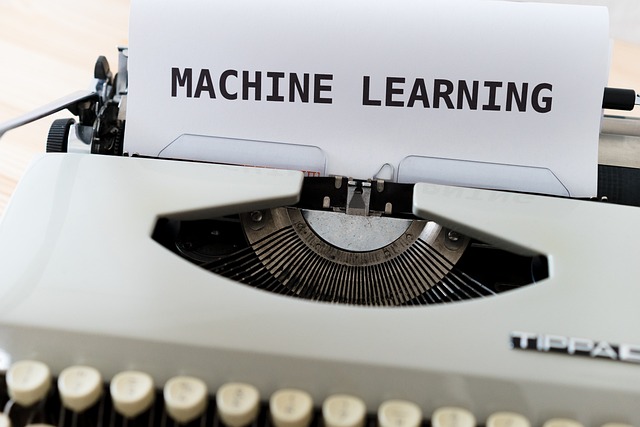
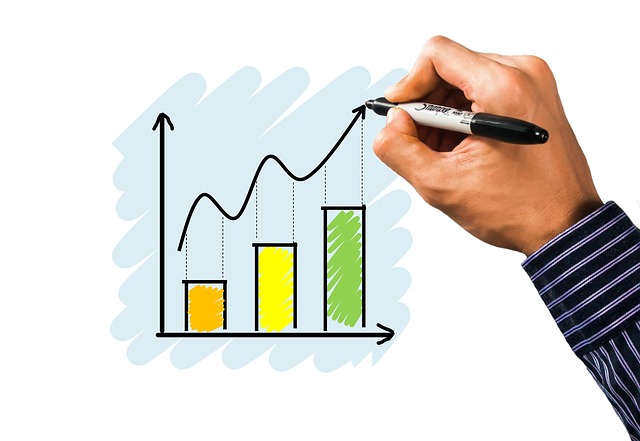
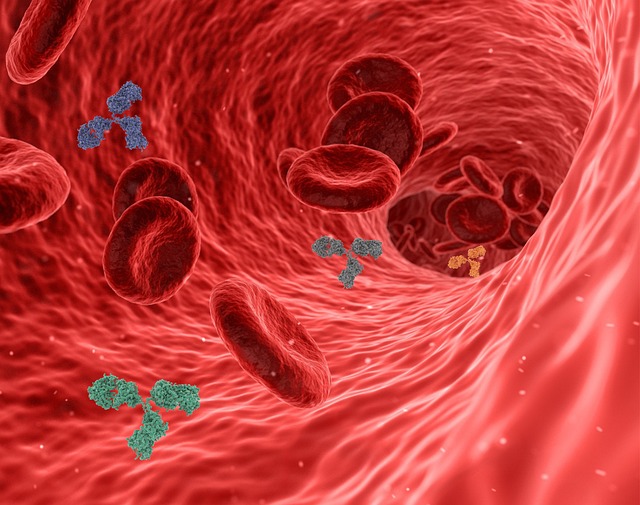




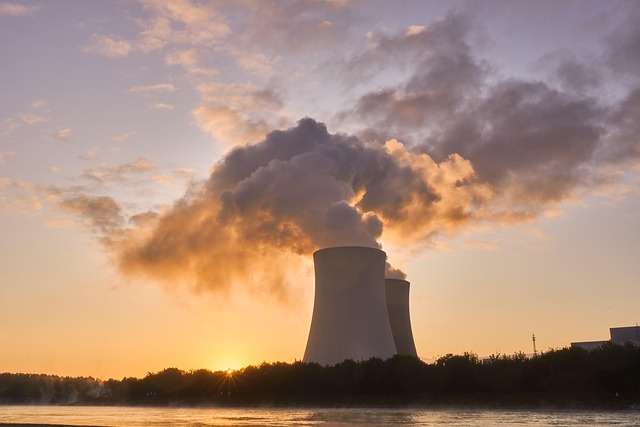
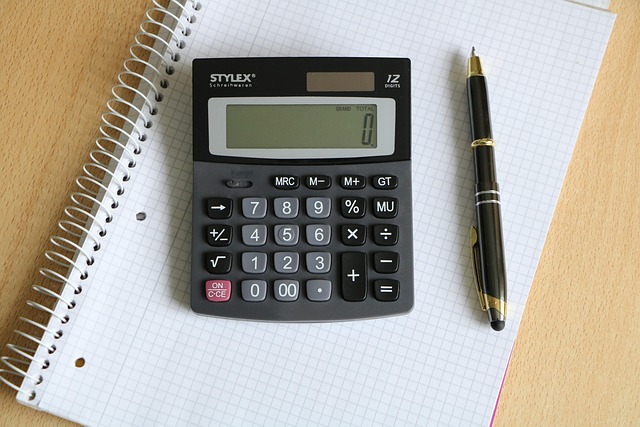






 The Thermonuclear Bomb
The Thermonuclear Bomb 
 Health
Health  Fitness
Fitness  Lifestyle
Lifestyle  Tech
Tech  Travel
Travel  Food
Food  Education
Education  Parenting
Parenting  Career & Work
Career & Work  Hobbies
Hobbies  Wellness
Wellness  Beauty
Beauty  Cars
Cars  Art
Art  Science
Science  Culture
Culture  Books
Books  Music
Music  Movies
Movies  Gaming
Gaming  Sports
Sports  Nature
Nature  Home & Garden
Home & Garden  Business & Finance
Business & Finance  Relationships
Relationships  Pets
Pets  Shopping
Shopping  Mindset & Inspiration
Mindset & Inspiration  Environment
Environment  Gadgets
Gadgets  Politics
Politics 